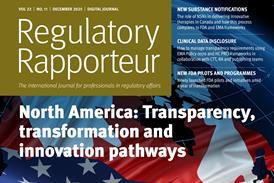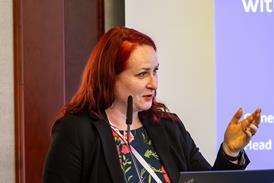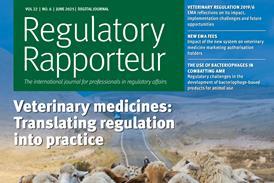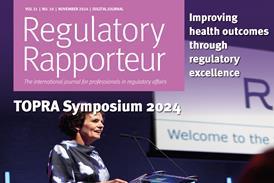Regulatory challenges and opportunities facing hearing aid manufacturers in Europe

In a world where many people are living longer but not all are living well and age-related hearing loss affects approximately 20% of the European population aged 65 or older – hearing aids address a medical need which for the most part remains unmet. With increasing evidence to substantiate a more rapid decline in cognitive ability in older adults with hearing loss than those with normal hearing, the role of hearing aids in augmenting quality of life is apparent. Hearing aids are one of the earliest wearable devices which incorporate innovative technologies, electronic components and wireless capabilities. Such technologies extend the regulatory remit to which hearing aids are governed beyond the medical device regulation to other European regulatory requirements and separate conformity assessment procedures. Ultimately, the regulatory landscape for hearing aids is complex and evolving.
How to read this journal article
Thank you for visiting Regulatory Rapporteur. Journal articles are restricted to TOPRA members and registered users.
If you are a TOPRA member, or have already registered for limited free access, log in now (Option 1 below).
Not yet a member? You can either join TOPRA (Option 2 below) or register to view limited content for free (Option 3 below).



















